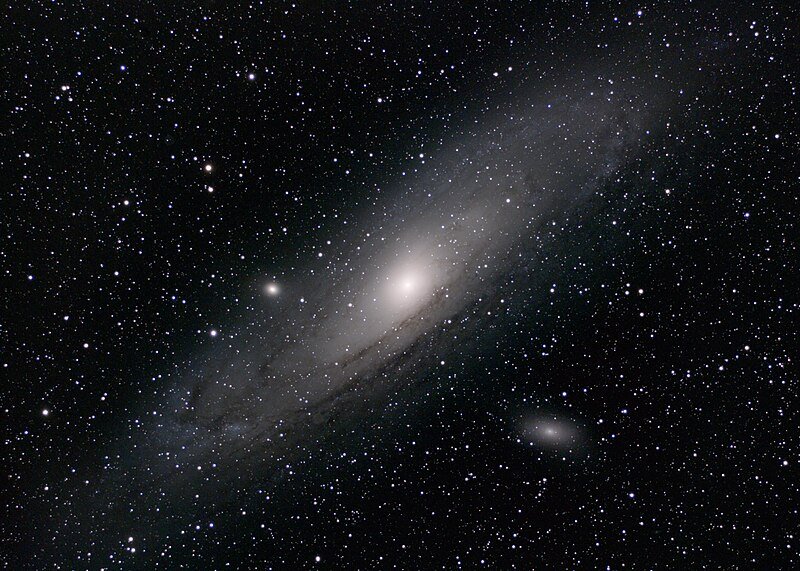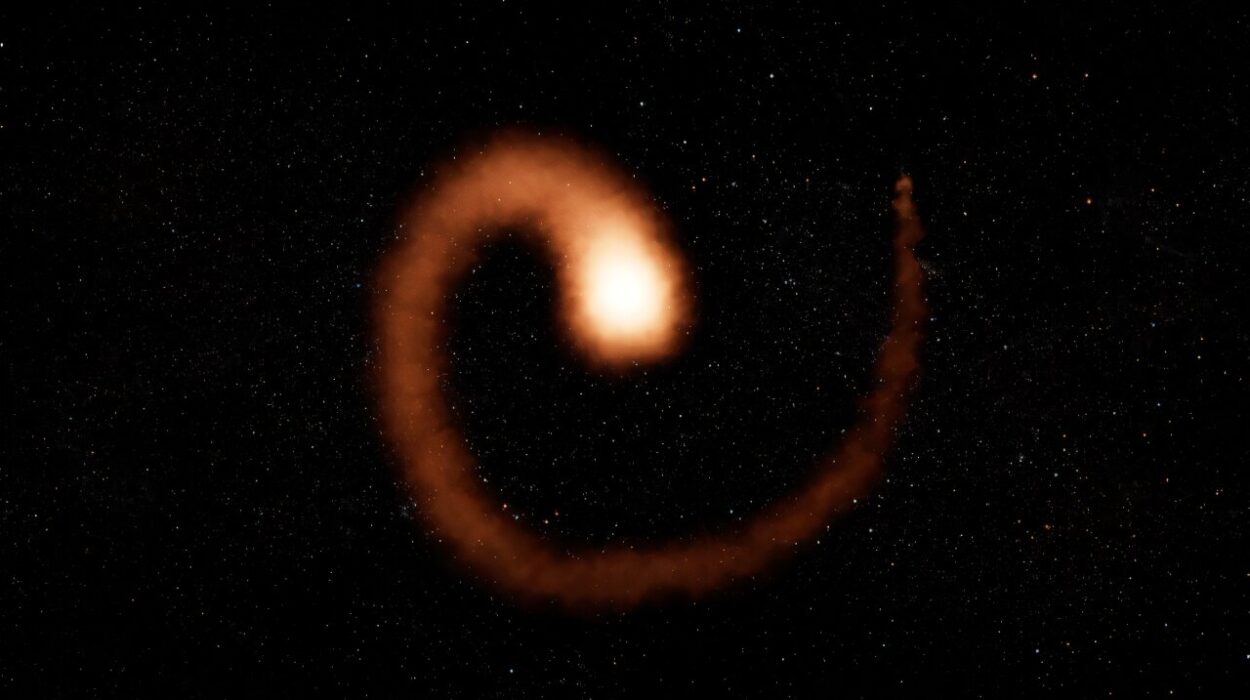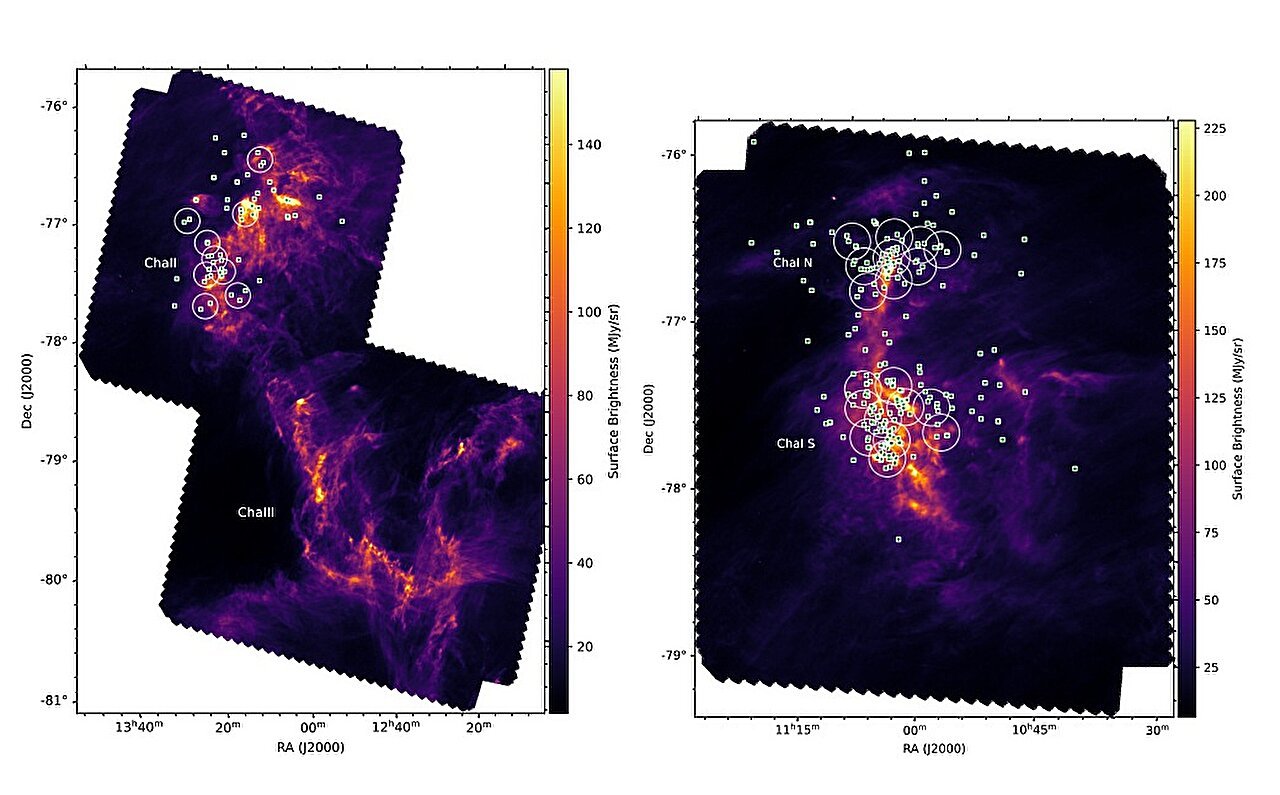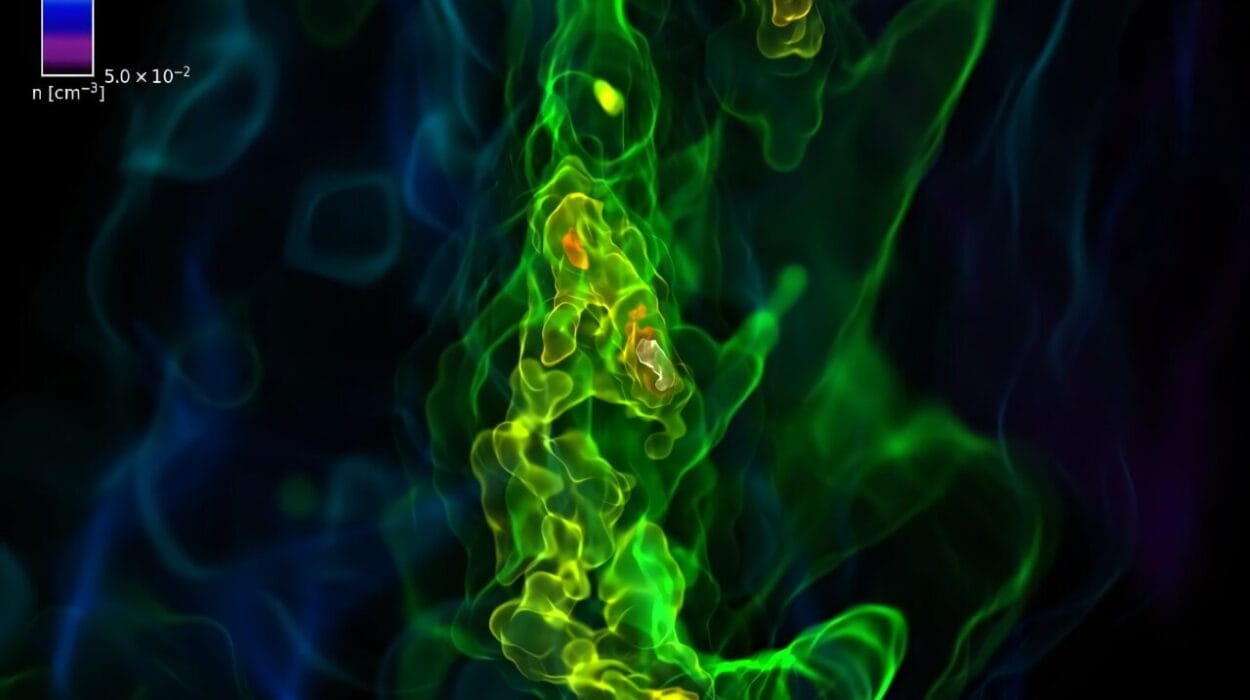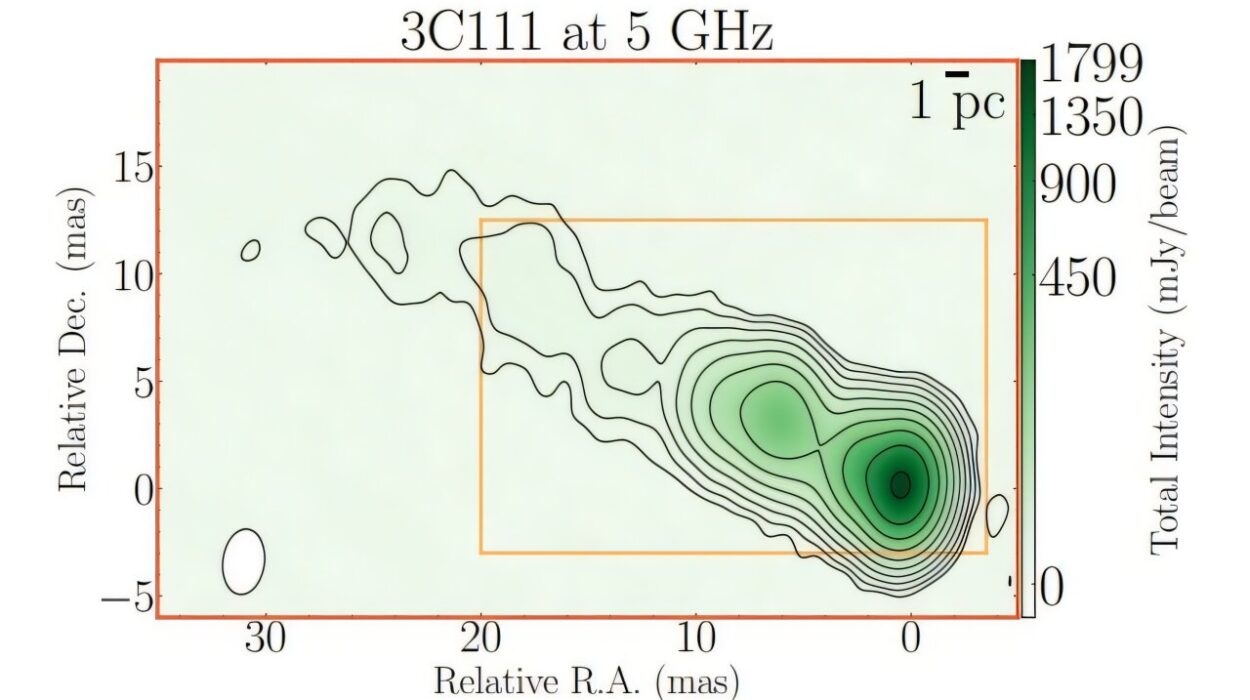In a cosmic discovery that has captured the attention of astronomers and space enthusiasts alike, a mysterious interstellar object named 3I/ATLAS has arrived in our solar system—possibly carrying secrets that predate even our own Sun. This icy traveler, possibly older than 7 billion years, is likely the oldest comet ever seen, an ancient relic that might even have been drifting through the galaxy long before the birth of our solar system.
For researchers, 3I/ATLAS represents a cosmic jackpot—a chance to study an object not just from another solar system, but one that may have been around long before stars like the Sun even existed. Its presence raises fascinating questions about how the universe formed and what lies beyond the familiar stars of the Milky Way.
A Long Journey Across the Milky Way
3I/ATLAS, the third known interstellar object ever discovered, was first spotted on July 1, 2025, by the ATLAS survey telescope in Chile when it was still about 670 million kilometers away from the Sun. Since then, astronomers have been eagerly tracking its path as it travels through the solar system.
Unlike previous interstellar visitors, such as the cigar-shaped 1I/‘Oumuamua in 2017 and the comet-like 2I/Borisov in 2019, 3I/ATLAS is taking an even steeper trajectory through the galaxy. This unusual path suggests that it hails from a different part of the Milky Way—specifically, the galaxy’s “thick disk,” a region populated by some of the oldest stars in our cosmic neighborhood.
Matthew Hopkins, an astronomer at the University of Oxford, has been leading the study of this mysterious object. His research suggests that 3I/ATLAS could be as much as 7 billion years old, predating the formation of the solar system by more than 3 billion years. The idea that this comet could be so ancient is groundbreaking.
“All non-interstellar comets such as Halley’s comet formed with our solar system, so they are up to 4.5 billion years old,” Hopkins explains. “But interstellar visitors have the potential to be far older. Of the interstellar objects we’ve seen so far, 3I/ATLAS is likely the oldest comet we’ve ever seen.”
A Rich, Water-Ice-Rich Relic
As it approaches the Sun, 3I/ATLAS is expected to become more active. Comets, with their icy cores and dusty tails, create a glowing coma and tail as sunlight heats them up. Early observations suggest that 3I/ATLAS is already showing signs of activity, and it may be larger than previous interstellar comets.
This object is particularly intriguing because of its potential composition. Researchers believe that, due to its origins in the Milky Way’s thick disk—a region with ancient stars—3I/ATLAS is likely rich in water ice. Water ice is a key component in many comets, and its presence in such an ancient object could reveal insights into the early conditions of our galaxy.
“We think there’s a two-thirds chance that this comet is older than the solar system, and that it’s been drifting through interstellar space ever since,” says Professor Chris Lintott, a co-author of the study.
This “water ice-rich” composition could also have implications for understanding the role comets like 3I/ATLAS play in the broader context of galactic and planetary formation. Could these objects help seed star and planet formation across the galaxy? Are they part of a larger process that could have shaped not just our solar system, but others as well?
Testing New Models for Interstellar Objects
The discovery of 3I/ATLAS was completely unexpected, catching researchers off guard just as they were preparing for survey operations with the new Vera C. Rubin Observatory—a telescope that promises to revolutionize our understanding of interstellar objects. Hopkins and his team were using a predictive model, developed during his doctoral research, to simulate the properties of interstellar objects based on their orbits and likely stellar origins.
In fact, Hopkins had just defended his thesis when 3I/ATLAS was discovered. What was supposed to be a relaxing break turned into a whirlwind of excitement, as he rushed to compare real-time data to the predictions made by his model. The result? A perfect opportunity to test their model on a truly ancient object.
“It’s a fantastic opportunity to test our model on something brand new and possibly ancient,” Hopkins says. “Rather than the quiet Wednesday I had planned, I woke up to messages like ‘3I!!!!!!!!!!'”
The team’s model, dubbed the Ōtautahi–Oxford Model, is the first real-time application of predictive modeling to an interstellar comet, and it’s already proving to be an invaluable tool in understanding these rare and mysterious visitors.
The Future of Interstellar Exploration
With the discovery of 3I/ATLAS, the potential for even more interstellar objects entering our solar system has never been greater. The Vera C. Rubin Observatory, set to begin its survey operations in the near future, is expected to detect between 5 and 50 interstellar objects over the next decade. Some of these may be similar in size to 3I/ATLAS, giving astronomers a chance to study many more ancient comets from across the galaxy.
For Dr. Michele Bannister, a co-author of the study, the early activity of 3I/ATLAS is exciting because it will help test the models astronomers use to predict the behavior of interstellar objects as they approach the Sun. “Some of the biggest telescopes in the world are already observing this new interstellar object—one of them may be able to find out!”
An Object Like No Other
For those eager to catch a glimpse of 3I/ATLAS, the comet should become visible through reasonably sized amateur telescopes in late 2025 and early 2026. It will offer a rare and unique opportunity to witness a cosmic relic from a time long before our solar system began to take shape.
The discovery of 3I/ATLAS has ignited imaginations and spurred questions about the vast, mysterious universe that surrounds us. Its ancient origins offer a rare window into a time when the galaxy was a much different place, long before the stars we know today—like our Sun—were even born.
For now, 3I/ATLAS is on its way out of our solar system, but the comet’s journey will continue to inspire wonder and scientific curiosity for years to come. As we study this ancient visitor, we’re reminded of how much there is still to learn about our place in the cosmos—and the astonishing journey of the universe itself.

